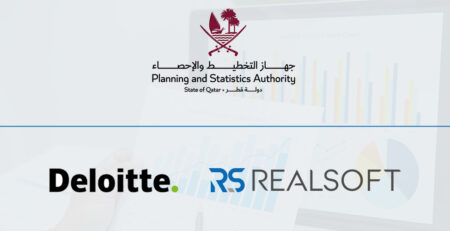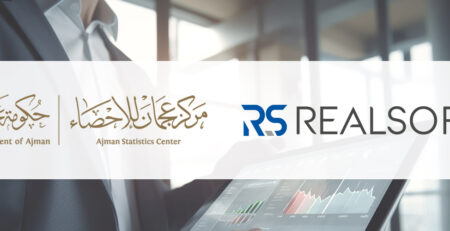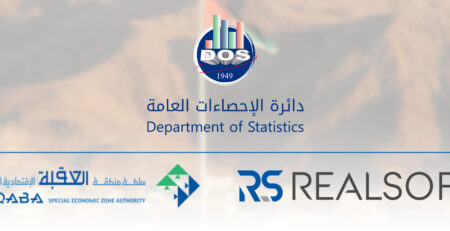RealSoft Overview
RealSoft is a company that creates cutting-edge IT solutions that bring real value to businesses. With over two decades of experience, our solutions and advanced applications are a testament to our commitment to using the most advanced technologies in the industry.
At RealSoft, we help our clients achieve their digital transformation goals by leveraging our expertise in developing innovative solutions for numerous satisfied clients. Our extensive portfolio of solutions provides our clients with the tools they need to succeed in today’s digital landscape.
Join us and experience how we drive your business forward.
RealSoft has developed distinguished products in the fields of data management, survey design, and collaborative task management that have been well received by many customers who trust RealSoft products.
RealSoft products allow product managers to configure and assemble re-usable dynamic components that provide customizability and flexibility to meet customer demands.
Over the course of more than two decades, RealSoft has provided many integrated technical solutions such as parliament and municipal elections, population, agricultural and economic censuses, as well as digital transformation solutions for ministries and government agencies.
The solutions provided by RealSoft combine multiple technologies that are integrated to provide a competitive advantage that achieves customer goals such as databases, web technologies, geographic systems, mobile technologies, and peripheral devices to improve practices in the field of digital transformation.
RealSoft provides top-notch services in the field of talent solutions for today’s rapidly evolving recruitment marketplace to various partners in the region and the world.
RealSoft also provides efficient technical consultations in the fields of data management, statistics, building indicators and data science with a high ROI.
Latest News
Qatar Launches Consultancy Phase for Central Database in Collaboration with RealSoft and Deloitte
In a collaboration between RealSoft Advanced Applications and Deloitte, Qatar launches the consultancy...
Ajman Statistics Center Continues Surveying Household Income and Expenditure
Ajman Statistics Center continues its data collection efforts for the Household Income and...
Utilizing Al-Khwarizmi Platform – Launch of Aqaba Census
Utilizing Al-Khwarizmi platform for statistical surveys by RealSoft Advanced Applications, Aqaba Special Economic...





















